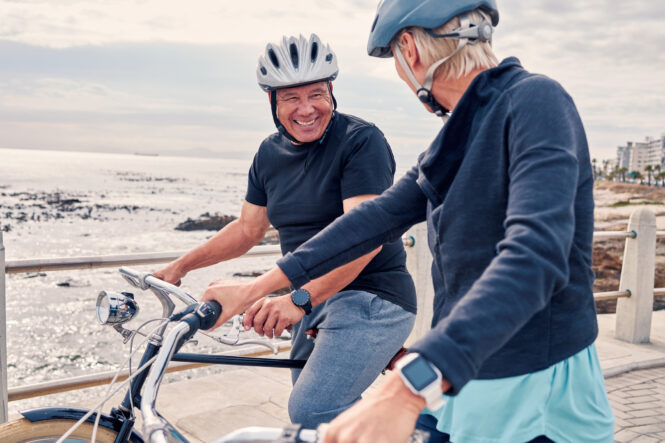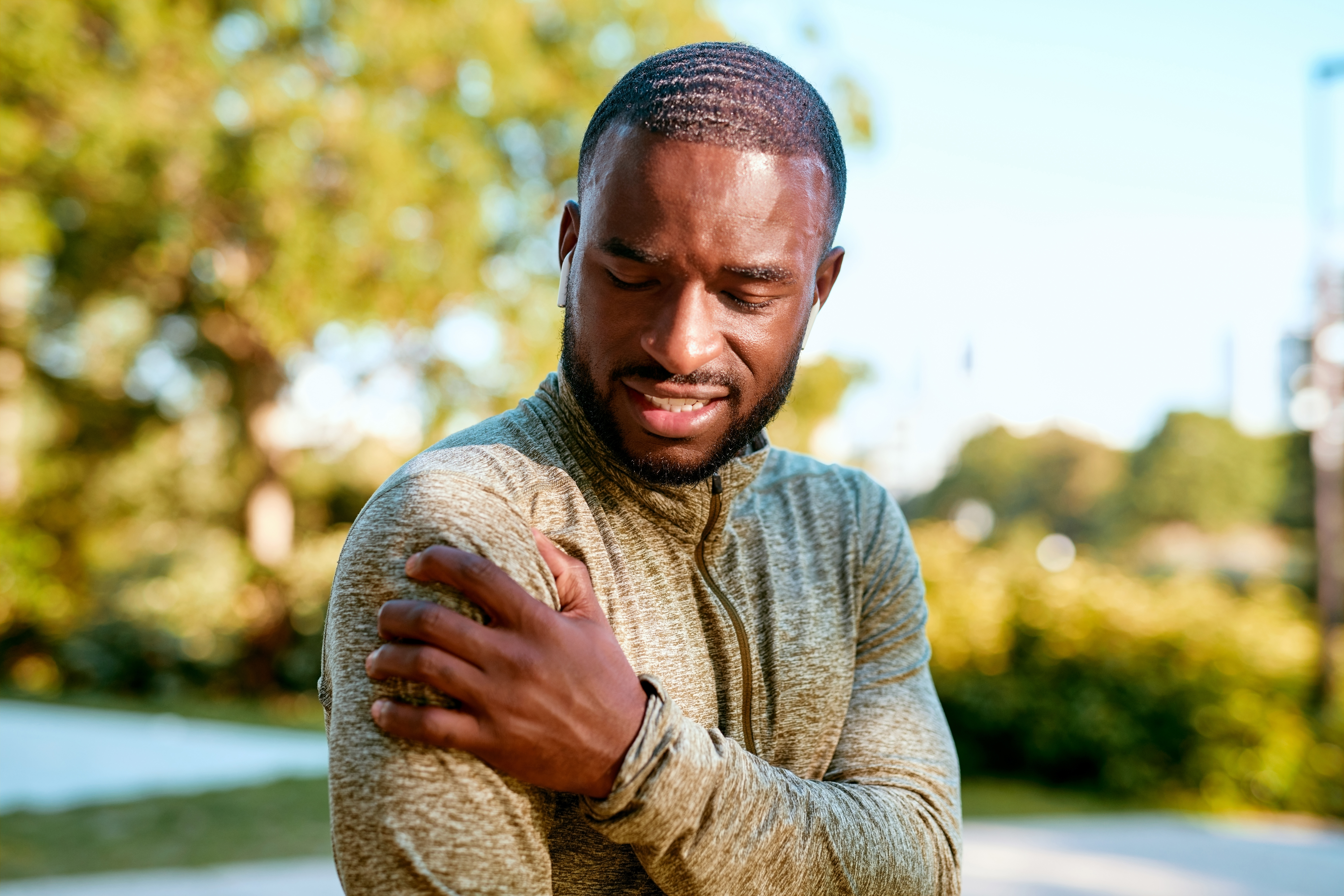Rudy Kadlub, world champion powerlifter and world record holder, was at the point where his limited mobility in his shoulders and the accompanying pain prevented him from performing basic activities. Getting dressed was an ordeal, putting on a coat required help, and steering his car was arduous and painful. How did he get to this point? Two shoulder injuries in his early 20s and years of weight training finally took their toll: he had osteoarthritis in both shoulders. After trying more conservative treatments, a total shoulder replacement was now on the table. But the surgery had a significant downside for Rudy, who was in his late 60s at the time. Powerlifting would be a thing of the past.
Then, his orthopedic surgeon told him about an alternative to the debilitating traditional total shoulder replacement — one that was minimally invasive, restores the joint, typically has a short recovery time, and most importantly, would allow him to continue power lifting. Rudy’s original orthopedist referred him to a surgeon who had extensive expertise with the OVOMotion® with Inlay Glenoid Total Shoulder Arthroplasty (TSA) System, which unlike traditional total shoulder replacements, preserves the native anatomy of the joint. When Rudy learned that he was a good candidate for the OVOMotion TSA system, and could continue powerlifting post-surgery, he signed on! His right shoulder was replaced first, and six months later — his left. “I regained my full range of motion and remarkably, had no pain,” says Rudy. “I resumed my training schedule, and six months after my second surgery I was back on the platform, competing in a powerlifting competition.” Six months after that, Rudy set four world records.
Total shoulder replacement surgery with Anika’s OVOMotion with Inlay Glenoid Shoulder Arthroplasty System has many advantages over traditional shoulder replacement systems. This minimally invasive procedure is shorter than surgeries using conventional stemmed implants and has a lower risk of fractures near the new joint. The implant is a nonspherical shape, designed to preserve native anatomy and replicate the shape of the humeral head, allowing for optimal range of motion and joint function. In terms of design, traditional implants have long stems that are inserted into and down the patient’s arm bone which can be very invasive and change the native anatomy therefore restricting movements and activities following recovery. In contrast, the OVOMotion with Inlay Glenoid TSA System is designed to maintain the native joint line and restore motion without restrictions effectively allowing patients to get back to their lives1,2.
The OVOMotion with Inlay Glenoid System may not be appropriate for every patient, so it’s important to speak with your doctor about your options. Here are some questions to ask:
- Is the implant’s effectiveness supported by evidence? There should be published data about outcomes, including the rate that patients return to work and sports. For example, this study reported positive clinical outcomes and return to activity for patients who received the OVO system.
- Have patients been satisfied with the outcome of surgery? How was their pain? Did their range of motion significantly improve? What kind of rehabilitation did they do and for how long? While the answers to these questions will depend on various factors, including patient age and health status pre-surgery, the surgeon should be able to give you a general idea of what to expect. Patient testimonials, like these success stories from Anika, are also a helpful reference point.
- How often do patients have complications and how are they treated?
Every surgery has the potential for complications, and it’s important to know the possible ones for the implant your surgeon is using. You should also ask how often revision surgery is needed.




